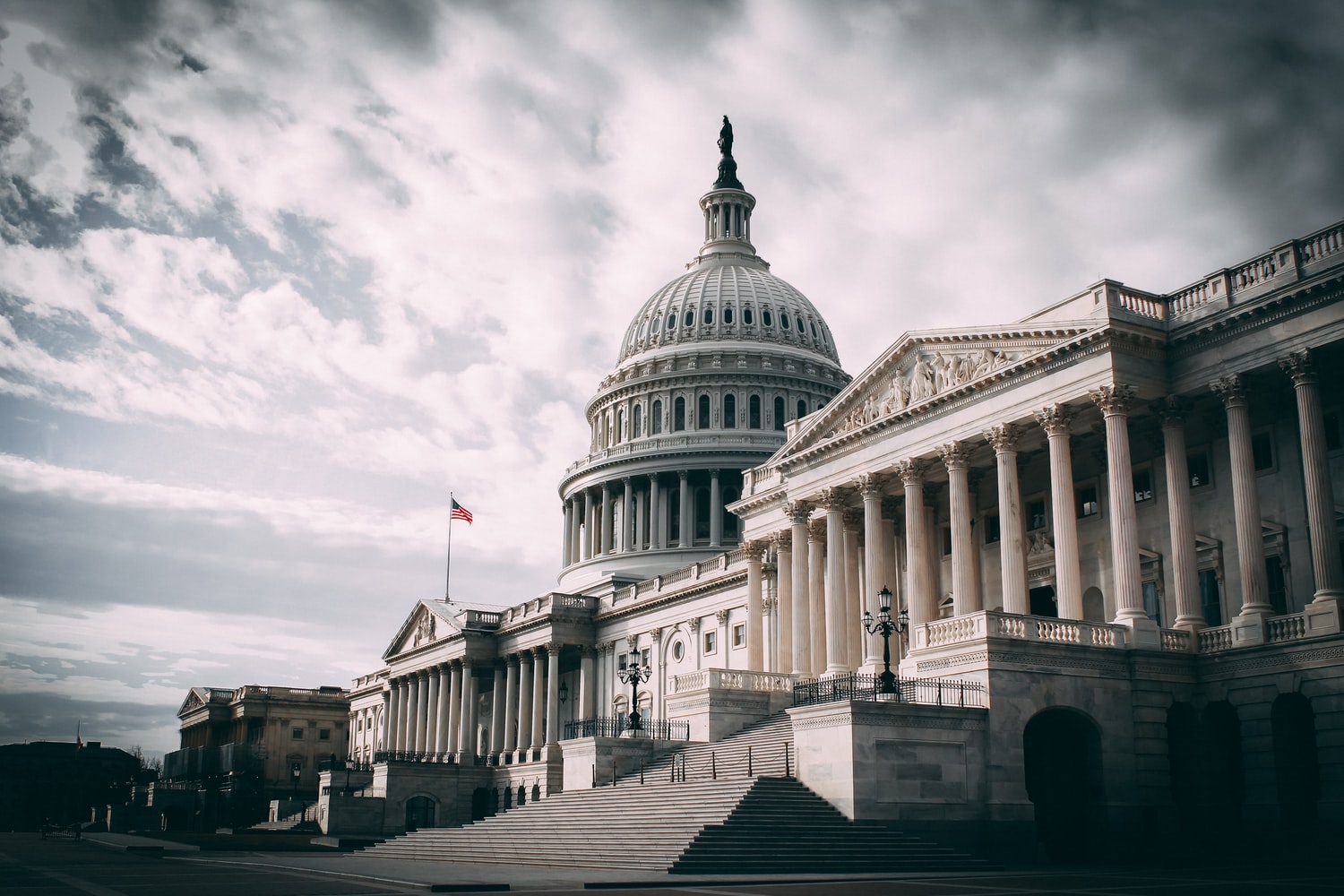What Winter? Institutions’ Crypto View Rosier Than You Think
Amid the angst over crypto U.S. regulation and a revived bear market, an email from the digital assets team of a major international investment bank presented me with a contrarian indicator and a reminder not to solely view this industry with a U.S. lens.
Its subject read: “Major global study reveals pension funds, fund managers, other institutional investors and wealth managers are positive on digital assets and plan to invest.”
Did this come from Bizarro cryptoland? My mind immediately went to that Seinfeld episode in which Bizzaro is referred to as a separate parallel universe in which everything is the opposite of what’s going on in this one.
You’re reading Money Reimagined, a weekly look at the technological, economic and social events and trends that are redefining our relationship with money and transforming the global financial system. Subscribe to get the full newsletter here.
My recent experience with, say, recruiting staffers from investment institutions to go on stage at our Consensus conference has been that many are now too afraid to publicly show their interest lest it put a target on them for Elizabeth Warren’s “anti-crypto army.”
But, no. This is a legit survey, with some big findings. (It was later written up by CoinDesk’s Sam Reynolds.)
The survey was conducted by Laser Digital, the digital assets team at Nomura, a household name on Wall Street and a powerhouse of Japanese finance. The team said its survey covered “pension funds, wealth managers, family offices, hedge funds and investment funds, insurance asset managers and sovereign wealth funds) who collectively manage around $4.956 trillion in assets.”
And then it offered up some striking numbers:
-
96% see digital assets as an investment diversification opportunity,
-
91% see digital assets helping to produce “all-weather’ income strategies to “cope with the risk of inflation and the debasement risk of fiat currencies,
-
82% are positive about the digital asset class in general and Bitcoin and Ethereum in particular over the next 12 months,
-
Just 3% of respondents are negative about the outlook for the sector while 15% are neutral.
While the summary did note there were challenges to implementation and, not surprisingly, highlighted regulation as one of the main ones, this is a strikingly upbeat response from an industry that doesn’t like to put its views on crypto out there very publicly.
-
Institutions have a deeper understanding of crypto and a greater degree of conviction than ever before. That respondents had firmly held positions on the sector is a sign many are now aware and educated. That is a good thing.
-
This was a global study. It included institutions of significant diversity in terms of their structure, ownership and geographic location. That brings a much broader perspective on this industry than hearing from banks and U.S. fund managers that are more tightly woven into the language and mindset of Wall Street.
-
The diametric view of crypto in other financial centers stems in part because of a more constructive approach by governments there. Hong Kong, Dubai, Singapore, London, Bermuda, Switzerland, and Paris are all financial hubs with ties to institutions and capital managers of different stripes. Each has taken deliberate steps to create a legislative framework for digital assets that, while setting up compliance requirements of varying strictness, is designed to enable innovation in the space. In the U.S., we are stuck with turf wars between the Securities and Exchange Commission and the Commodities Futures Trading Commission and between Democrats and Republicans.
-
Amid Crypto Winter, there is a pendulum swing back toward integrating blockchain technology into the existing financial system, with a special focus on tokenizing “real-world assets.” This is helping sustain and spur institutional interest, since many of them are sitting on assets ripe for tokenization. (It was notable, however, that the survey respondents also expressed interest in bitcoin as a hedge against fiat currency risks.)
-
The angst in the U.S. will pass. There is no way the U.S. can afford to stay isolated if the rest of the world is diving in.
So, cheer up. There’s a way out of this.
Edited by Ben Schiller.









